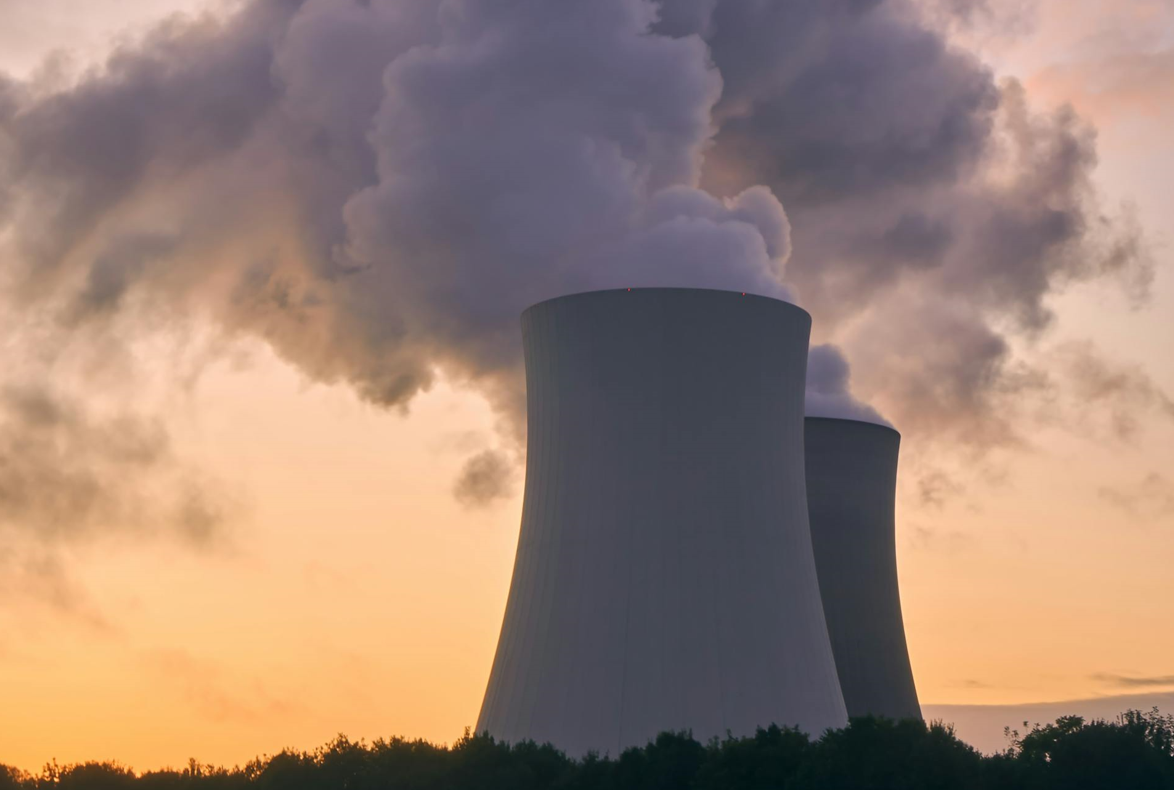IT is often called the ‘single biggest threat facing humanity,’ and almost every country acknowledges the science behind it; but the urgency and global unity to tackle the crisis of climate change is not at the level it should be. India, with a large landmass and enormous population, will not remain unscathed by this looming disaster. In fact, it is already experiencing the ill effects of climate change, and the problems may exacerbate even further.
Global warming is a reality that has been established with decades of scientific studies – from the oceans’ depths to the top of the earth’s atmosphere. The greenhouse gases (GHGs), which drive the earth’s temperatures higher with devastating consequences for the world, are added because of exploitation of the planet.
Every year, August 19 is celebrated as World Humanitarian Day by the United Nations. This year’s theme highlights the human cost of the climate crisis and seeks to pressure world leaders to take action.
According to a 2020 report by the Union ministry of earth sciences, the effects of climate change on India would be profound and devastating.
Here, we look at five ways in which India will be adversely affected because of climate change:
1. Increase in temperatures and heatwaves
Anecdotal evidence suggests that summers have gotten hotter and more prolonged in India. And science predicts they will get worse. According to studies, the frequency of summer (April–June) heat waves over India is projected to be three to four times higher by the end of the 21st century compared to the 1976–2005 baseline period. The average duration of the heatwave is also set to double. This could be an all-India phenomenon, with the Indo-Gangetic getting affected more than others.

According to the Indian Meteorological Department (IMD), average temperatures have increased by 0.6 degrees Celsius (° C) between 1901-10 and 2009-18. At an annual level, this may sound relatively tiny, but future projections paint a scary picture. The World Bank estimates that if climate change continues at the same pace, average temperatures in India could reach as high as 29.1° C by the end of the century. They are currently at 25.1° C.
The west coast and south India are known for their moderate temperatures during summer, but this could change in the coming decades. A slight shift could mean these regions moving to higher temperature ranges, affecting the living conditions, agriculture, etc. Explore NGOs leading the effort to combat climate change and support their cause here.
2. Monsoons will become more erratic
Research shows that the annual monsoon rainfall in India has seen a steady decline. But at the same time, there has been an increase in the frequency of heavy rainfall events.
According to the World Bank, a 2°C rise in the world’s average temperatures will make India’s summer monsoon more unpredictable. Since India heavily depends on the monsoon rains for water supply in the rivers and agriculture, an erratic monsoon could affect every aspect of life.

Most farmers in India depend on monsoon rain to grow crops, and if the rains get unpredictable, it will threaten India’s food security. Take rice, for instance. While rice yields have increased due to improved varieties, rising temperatures and erratic rain could mean a fall in yields.
A recent study by German researchers also concludes that if global warming continues unchecked, monsoon rainfall in India will become more vigorous and erratic. The study compared over 30 state-of-the-art climate models worldwide and predicts more extremely wet years in the future – with potentially grave consequences for over one billion people’s well-being, economy, food systems, and agriculture.
3. Increase in droughts and floods
Several studies, including the ones by India’s government, have shown a higher frequency of droughts and expansion of drought-affected areas since 1950. Drought is also a humanitarian crisis as people face a shortage of water and food. A drought could further result in internal migration, with people leaving their homes in search of livelihoods.
Incidences of flooding have also increased in India. These have been mainly due to short-duration, intense rainfall. Such events may increase as the monsoon gets more erratic, experts say.

Not just the rain, but the melting of glaciers because of warming could also threaten the higher reaches of the Himalayas, which will see an increased flow of water in the rivers, resulting in higher flood risks. The Indus, Ganga and Brahmaputra basins are considered particularly at risk of increased flooding. Explore NGOs leading the effort to combat climate change and support their cause here.
4. Rise in sea levels
Coastal regions in India have been witnessing the effects of climate change with sea levels rising. Coastal mangrove forests have played an essential role in protecting human habitats from storm surges, but with sea levels rising, many mangroves have been wiped out in the western and eastern parts of the country.
Some experts say that the destruction of mangroves and unplanned construction in Mumbai near the sea have only increased flooding. Mangroves have borne the brunt of advanced construction and rising sea levels.
The Sundarbans mangrove forest in West Bengal and Bangladesh have for long protected the region against tropical storms, but increased sea levels have meant that many parts of the Sundarbans have submerged. The destruction has resulted in tropical storms getting more ferocious, leading to loss of life and livelihood.
The rise in sea levels has also led to the degradation of groundwater quality, an uptick in diseases as some bacteria thrive in saline water, and loss of livelihood for people living in the coastal areas.
5. More devastating tropical storms
Powerful cyclonic systems making landfall on both the coasts of India were known, but they were rare events. But research has shown that the frequency of tropical storms has increased in the last decade. Global warming is cited as the main reason for this.

Category 4 and 5 cyclonic storms have been battering the coasts of India in recent years, and even stronger cyclones are predicted in the coming years leading to more loss of life in the coastal areas of India. These could also affect the weather patterns.
A 2016 Nature study found that global heating had contributed to the increased frequency of extremely severe cyclonic storms over the Arabian Sea. India is especially vulnerable as 14% of its 1.3 billion population live in coastal districts, and the number living in coastal areas below 10 metres elevation is forecast to rise threefold by 2060.
There are several NGOs that are working in the field of climate change and environment that you could support to try and mitigate this emergency. Explore NGOs leading the effort to combat climate change and support their cause here.
–
Give’s mission is to “make giving bigger and better.” Give is the most trusted donation platform in India for fundraisers and crowdfunding campaigns. Through our technology solutions, we enable individuals and organisations to fundraise and donate to a cause, charity or NGO with trust and convenience. Give’s community of 2.7M+ individual donors and 300+ organisations supports 3,000+ verified nonprofits with 80G deduction and serves 15M+ people across India. Find a fundraiser today!

Kumara was a professional journalist for over 15 years, with stints in The Telegraph and Reader’s Digest. He grew up hating maths and physics. He is a post-graduate in history. Kumara believes that cricket and Seinfeld have answers to most questions that life throws at you.
Discover more from
Subscribe to get the latest posts sent to your email.

